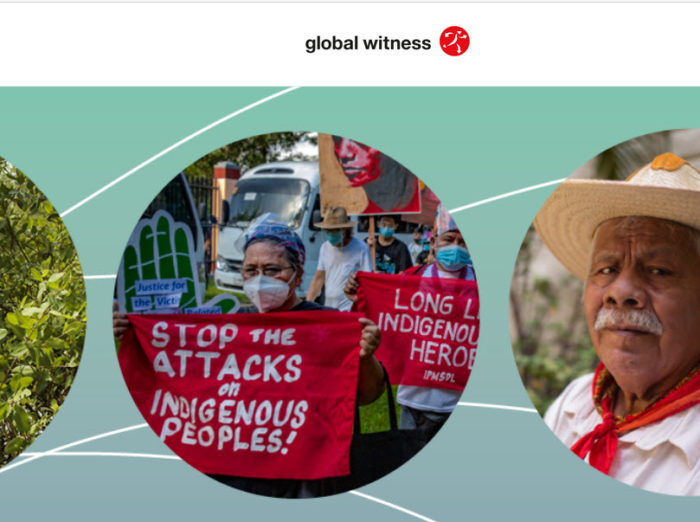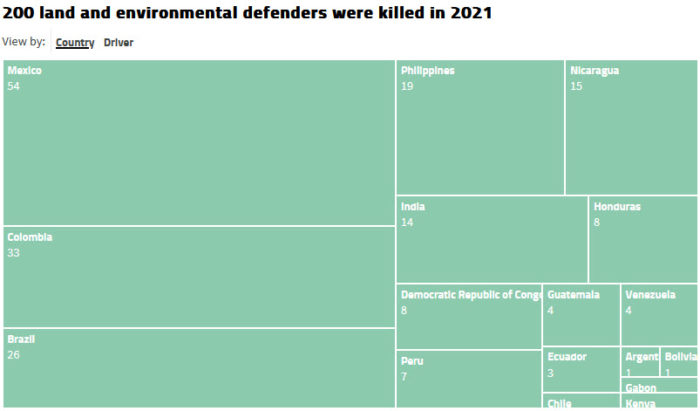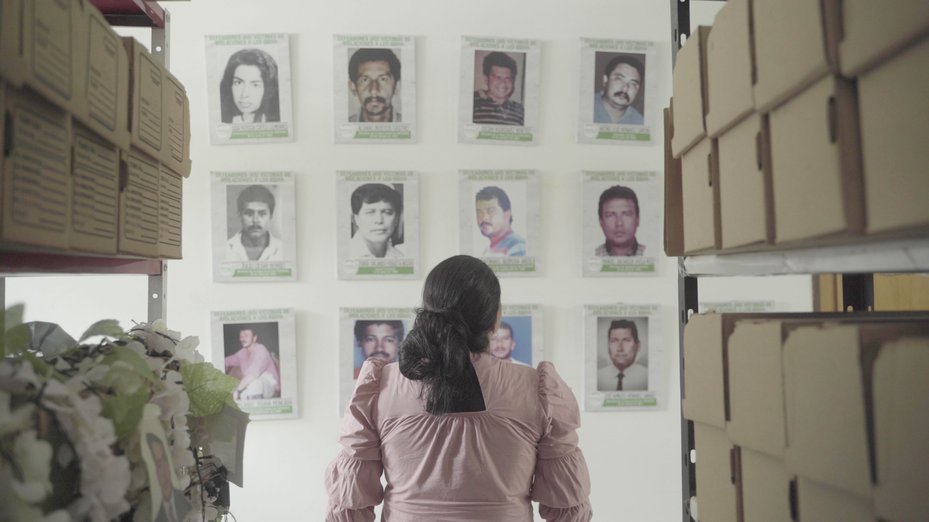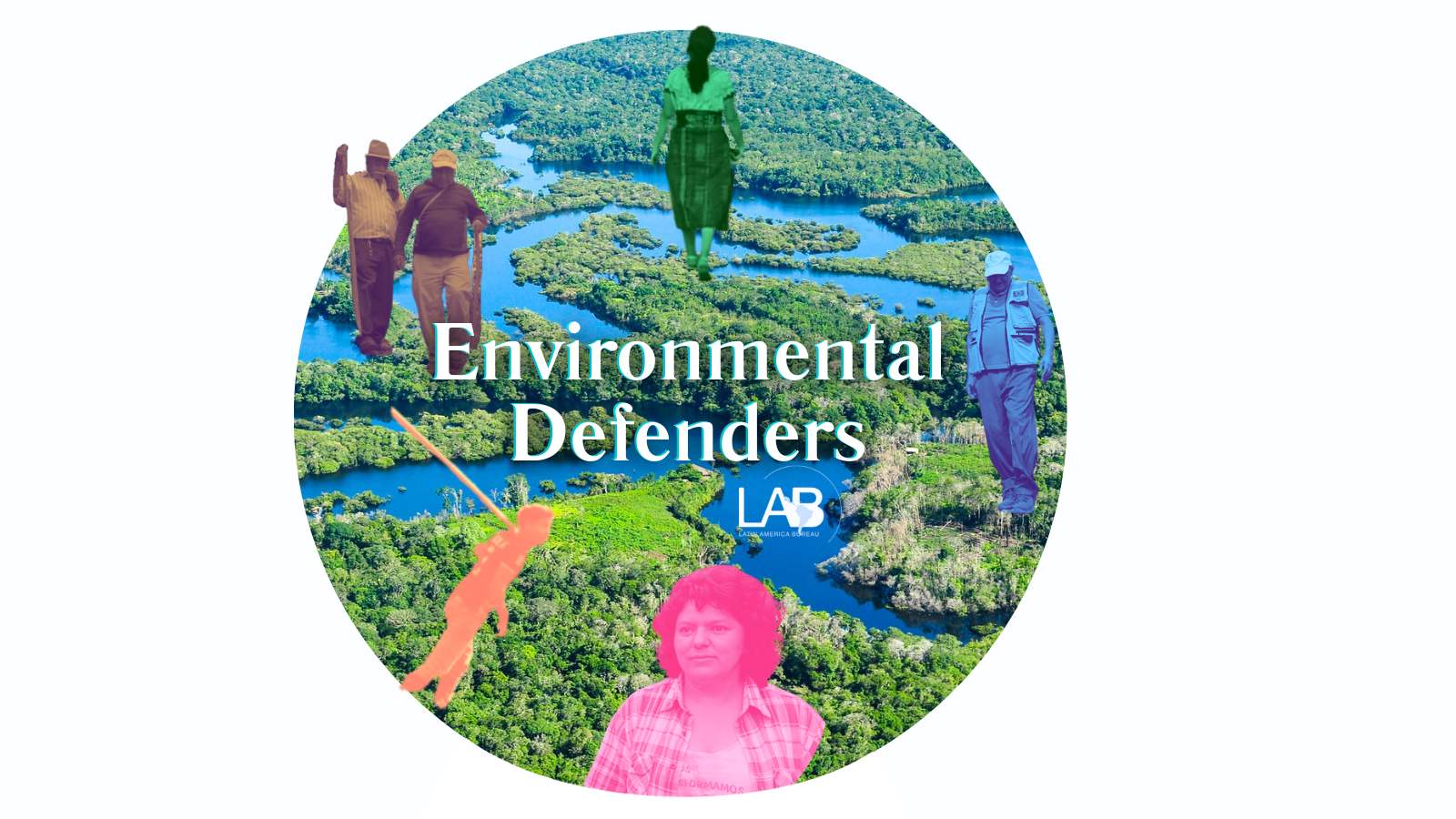A recent report published by Global Witness has revealed that some 200 environmental defenders (EDs) were killed globally in 2021. Latin America retained its place as the world’s deadliest region to be an ED, accounting for over three quarters of recorded fatal attacks, as half of total killings took place in just three countries last year (Mexico, Colombia and Brazil).

Mexico overtook Colombia as the world’s deadliest country for EDs to work in, with total reported lethal attacks nearly doubling from 30 in 2020 to 54 in 2021. Killings of defenders also rose in Brazil, Nicaragua and Peru. Colombia saw a drop in deadly attacks, but still remains the second most dangerous country to be an ED.
The Amazon remained a focal point for ED killings, with close to 80 per cent of cases in Peru, Brazil and Venezuela concentrated in the region.
Indigenous people were disproportionately targeted, as they were killed in 40 per cent of total reported cases. At least eight members of the Yaqui community living in the south of Mexico’s northern Sonora state were killed, with officials having discovered six sets of human remains belonging to Yaqui men in September 2021, two months after they had disappeared. Officials stated that drug cartels were to blame, while some members of the Yaqui community suspected government actors and corporations of being involved.
Most cases were related to land conflicts, that often emerge due to the production of illegal crops on territories EDs seek to defend, or changes in land ownership. However, in most cases, it was not possible to confirm the economic motives between land-related violence toward defenders. Where a specific sector could be identified, mining and extractive activities continued to motivate attacks, as did projects in the hydropower, agribusiness and logging industries. Global Witness posited that total killings related to these sectors are likely to be higher, given that the reasons behind most attacks targeting EDs are not often systematically documented or reported on.

The organization also provided data on ED killings over the last decade, as it marked ten years of annually reporting on the issue. Since 2012, 1,733 defenders – or two EDs per day – have lost their lives trying to protect their resources and land. Brazil has been the last decade’s deadliest country for EDs to live and work in, with 342 killings recorded, closely followed by Colombia (322). 154 fatal attacks targeting EDs took place in Mexico over the last ten years, with deadly attacks soaring between 2017-2021 (131).
It is important to note that the cases Global Witness reports on take place in a wider nexus of threats EDs continue to face, ranging from non-lethal attacks, to smear campaigns, criminalization and intimidation. They are targeted by government, business and non-state actors, often in a broader context of impunity, as Latin American Bureau’s (LAB) Environmental Defenders series has documented.
LAB continues to report on the challenges EDs face, as well as their opportunities and successes. In line with this, LAB will participate in the Peru Support Group’s upcoming webinar on the role of environmental defenders in Peru, to take place in hybrid form on 10 October 2022.


